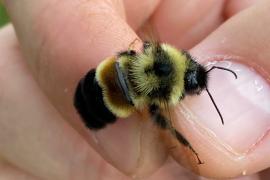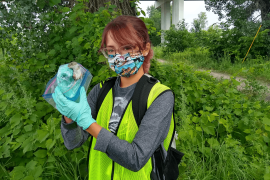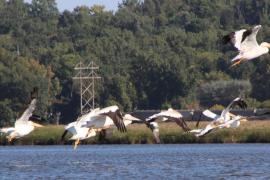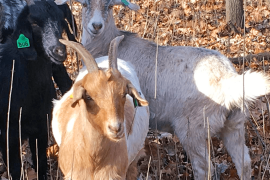Entertaining and adorable as they are, goats have found a serious and fitting profession in the ecological management world: consuming as much buckthorn and other invasive woody plants as possible. See how successful our crew was at Hampton Woods and learn more about this increasingly popular restoration method. >>
Read moreIt's hard to overstate the importance of Indian Mounds Regional Park. Situated atop the bluff just east of downtown St. Paul, the park harbors a wealth of cultural, historical and ecological significance. The park is also unique in that it's where three of FMR’s programs — land conservation, stewardship and youth engagement — converge. >>
Read more



The Star Tribune recently covered the island-building project at Pig's Eye Lake in East Side St. Paul's riverfront park. As our executive director Whitney Clark stated in the article, FMR supports the project overall, and would also like to see project planners "really consider including climate-adaptive species and use this opportunity to understand more about habitat restoration in the era of climate change." >>
Read more
Fire is one of the most important tools we use in the habitat restoration process, but burns require the right combination of weather, preparation and planning. Through a challenging spring, we were still able to burn five of our sites. Get a glimpse into the process in this video and photos from our spring burn season. >>
Read morePages
Upcoming Events
Receive FMR's biweekly email newsletter, Mississippi Messages Sign up
